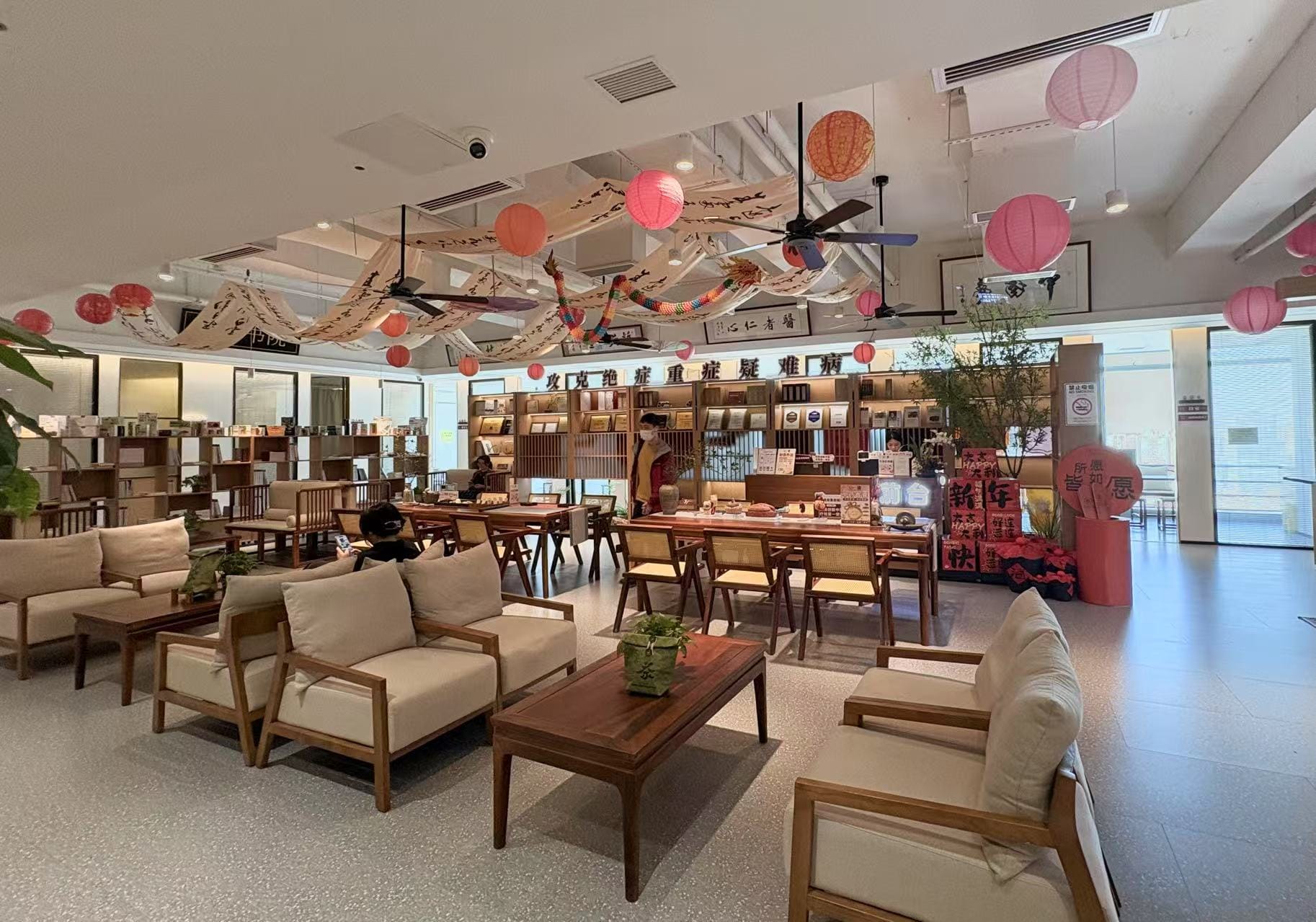How Is AI Empowering TCM Doctors in China? An interesting startup from Stanford alumni

Traditional Chinese Medicine (TCM) is often imagined as the realm of ancient wisdom—quiet consultation rooms, hand-written prescriptions, and slow, thoughtful diagnosis. But in China today, a new wave of digital innovation is rapidly reshaping this ancient field. At the center of this transformation is Wenzhi, a fast-growing TCM-tech startup founded by Stanford alumni.
My recent visit to Wenzhi TCM’s Shenzhen branch was a quite eye-opening experiences, which showed me a different side of TCM—one that’s fast, smart, and quietly revolutionizing how healing happens in China. From the moment I stepped in, I could feel it wasn’t a typical clinic—it was a system, a philosophy, and a bridge between ancient medicine and modern technology.

Here are three things that deeply impressed me—and why I believe Wenzhi offers a glimpse into the future of integrated healthcare:
1. Full-Stack Efficiency: TCM Goes Seamlessly Digital
From booking an appointment to post-visit care, every step was managed through a sleek digital interface. Online symptom pre-filling, video consultation options, AI-assisted diagnosis, e-prescriptions, herbal delivery, and structured follow-ups—it was all integrated.
I made a spontaneous visit to Wenzhi’s clinic around 9:00 am. During my taxi ride, I was connected via WeChat with a doctor and assistant, who guided me through a symptom survey and helped upload my tongue photo for “TCM Brain” analysis. On-site, the clinic felt modern and transparent, with clear categories and pricing. My doctor spent exactly 20 minutes on the consultation as scheduled, and arranged for follow-up via telehealth. There was no wait at the pharmacy—my personalized liquid medicine was delivered to my hotel the next day, along with digital instructions and a follow-up call to check my feedback.
💡 My reflection: I was surprised by how digitally efficient and transparent the whole experience was. It retained the human warmth of TCM but was powered by a backend that felt Silicon Valley-grade.
2.Aiming to tackle Tough Diseases, Not Just Everyday Discomforts
While many health-tech platforms focus on common complaints like fatigue or insomnia, Wenzhi is doing something far more ambitious. Nearly half of their patient base is dealing with complex, often late-stage conditions, including cancer.
Instead of shying away from these cases, Wenzhi embraces them—offering complementary care alongside hospital treatments, grounded in classical formulas and adjusted through intelligent analytics.
💡 My reflection: This really challenged my assumptions. I didn’t expect a young startup to have the courage and infrastructure to serve patients with such severe conditions. It made me see TCM not as an "alternative," but as a serious, integrated option for critical care.
3. Young Doctors, Smart Tools
One of the another striking things at the Shenzhen center was how young the doctors were. These aren’t gray-haired masters in flowing robes, but energetic TCM practitioners in their 30s—supported by AI tools that analyze symptom patterns, suggest formulas, and improve diagnostic accuracy. I also learned that Wenzhi’s “TCM Brain” system is being used in several universities to support the training of medical students.
💡 My reflection: Seeing young doctors empowered by AI was inspiring. It challenges the belief that TCM takes decades of quiet apprenticeship to master. Although I am not able to judge how effective the result of human+AI combination, but I genuinely hope with tech, the next generation of TCM doctor can shorten the cycle of learning and growth.
Closing Thought: Ancient Wisdom, Reimagined
My visit to Wenzhi made it clear: the future of medicine doesn’t have to choose between tradition and technology. When applied thoughtfully, AI can be a partner—not a threat—to ancient systems like TCM.
Wenzhi isn’t just a clinic. It’s a a quite brave trial to redefine who can practice, who can access, and how healing can scale without losing its soul.
reference to read about this firm:
https://www1.hkexnews.hk/app/sehk/2025/107066/documents/sehk25010900141.pdf
No spam, no sharing to third party. Only you and me.






Member discussion